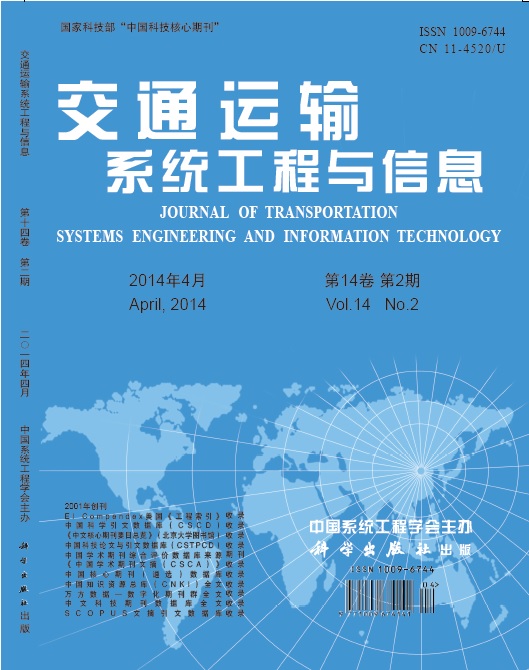In order to facilitate the passenger assignment of urban rail transit network, a nonlinear discrete choice model, which is based on the discrete choice theory, is designed to formulate urban rail transit passengers’route choice behavior. In this study, the commuter flow and ordinary flow in urban rail transit are separately considered. On this basis, a SP survey is conducted in Beijing Subway, whose results are used to investigate the difference in preferences between different groups and calibrate model parameters. In order to ensure the accuracy of proposed model, the attributes of stations, trains and passengers are elaborated and a range of variables, such as waiting time, in-vehicle congestion degree and walking velocity, are included in the model. At last, an example urban rail transit line, in which trains in different speed are simultaneously operated, is used to validate the model and the result shows that most commuters have a long distance travel and do not mind the congestion, while ordinary passengers prefer local trains, for cozy trip and less interchange, which is consistent with the survey results.


